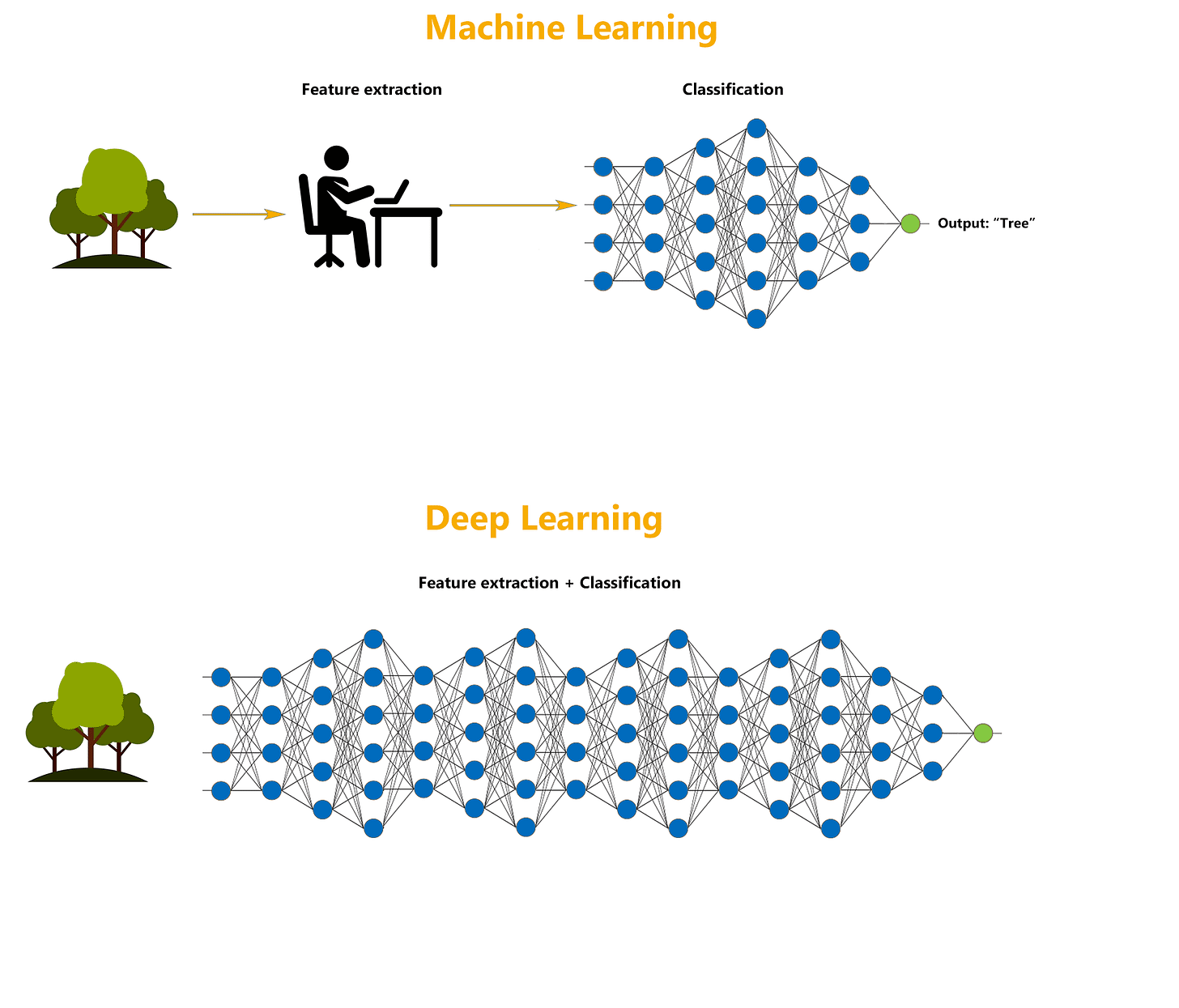For any questions, mail us at vipul@businessanalyticsinstitute.com
Hello!
Welcome to today's edition of Business Analytics Review!
Welcome to today's edition of Business Analytics Review! We're diving into the dynamic world of Online Learning Algorithms in machine learning, with a spotlight on incremental learning techniques like Stochastic Gradient Descent (SGD) and the Perceptron algorithm. These methods are revolutionizing how we process data in real-time, offering flexibility and efficiency in an era of ever-growing data streams.
The Power of Online Learning
Traditional ML uses batch learning: training on entire datasets at once.
Online learning updates models incrementally with each new data point.
Ideal for streaming data (e.g., social media, stock markets).
Computationally efficient and highly adaptable.
Crucial for real-time systems like recommendation engines and fraud detection.
Example: E-commerce platforms adapt recommendations as user behavior changes.
Example: Fraud detection updates models with each new transaction.
Challenge: Risk of catastrophic interference: new data may overwrite old knowledge.
Solution: Incremental learning techniques help preserve prior learning.
Stochastic Gradient Descent: The Workhorse of Online Learning
SGD is a key algorithm in online learning.
Unlike traditional gradient descent, it updates parameters using a single data point or mini batch.
Highly efficient for large datasets or streaming data.
Faster and more scalable than full-batch methods.
Analogy: Like a hiker adjusting direction step-by-step without seeing the entire terrain.
Can be noisy but enables quick, adaptive learning.
Widely used in training deep neural networks (e.g., image and language tasks).
The Perceptron: A Historical Gem
Introduced by Frank Rosenblatt in the 1950s.
One of the first online learning algorithms.
Designed for binary classification tasks.
Mimics a single neuron using weighted inputs and a threshold.
Updates weights incrementally with each new data point.
Improves classification accuracy over time.
Analogy: Like a librarian learning to sort books into fiction/non-fiction based on evolving criteria.
Simple but foundational: paved the way for modern neural networks.
Industry Insights
Online learning algorithms are making waves across industries. In finance, SGD-powered models predict stock prices by adapting to real-time market data. In healthcare, they monitor patient data streams from wearable devices, detecting anomalies instantly. Even in gaming, online learning helps AI opponents adapt to player strategies during gameplay. However, practitioners must be cautious algorithms like the Perceptron struggle with non-linearly separable data, and SGD’s performance can depend heavily on tuning parameters like the learning rate.
Recommended Reads
What is Online Machine Learning
This article offers a clear introduction to online machine learning, highlighting its role in processing real-time data streams and contrasting it with batch learning. It’s perfect for understanding the broader context of incremental learning.The Math Behind Stochastic Gradient Descent
Explore the mathematical underpinnings of SGD, a key online learning algorithm, and learn how it optimizes model parameters efficiently with practical Python examples.What is a Perceptron
Discover the Perceptron algorithm, a pioneering online learning method, and its significance as a building block for modern neural networks, complete with historical context.
Trending in AI and Data Science
Let’s catch up on some of the latest happenings in the world of AI and Data Science
Adobe Launches Firefly AI App for Phones
Adobe has introduced Firefly, a mobile AI app for iOS and Android, integrating models from partners like Ideogram and Pika. It offers unlimited basic image generation and premium features for subscribers.Oracle Adds xAI’s Grok 3 Model for Corporate Cloud
Oracle Cloud now offers xAI’s Grok 3 AI model, developed by Elon Musk’s company, to business customers. The model enhances Oracle’s lineup, focusing on secure, enterprise AI integration.MiniMax Unveils Efficient AI Reasoning Model
Chinese startup MiniMax released the M1 reasoning model, claiming it halves compute use compared to DeepSeek-R1. M1 reportedly matches global leaders in math, coding, and domain knowledge tasks.
Trending AI Tool: River
We’re thrilled to spotlight River, a Python library designed specifically for online machine learning. River enables you to build models that learn incrementally from data streams, making it ideal for applications like real-time analytics or predictive maintenance. Whether you’re tackling classification, regression, or clustering, River’s user-friendly API and compatibility with Python’s ecosystem make it a powerful tool for dynamic environments.
Learn more.
Learners who enroll TODAY, would get an e-books worth $500 FREE.
For any questions, mail us at vipul@businessanalyticsinstitute.com








